The Origin and Celebration of 🏳️🌈LGBT+ Pride Month
Hail and well met, noble readers! Let us embark on a journey to uncover the rich history and vibrant celebrations of LGBT+ Pride Month, a time dedicated to honoring the pride and perseverance of the lesbian, gay, bisexual, transgender, queer, intersex, ace, etc. (LGBT+) community. Though our tale begins in modern times, it is steeped in the spirit of resistance and celebration that echoes through the ages.
🏳️🌈 The Birth of Pride Month
The origins of Pride Month are rooted in the Stonewall uprising, were a series of spontaneous, violent demonstrations against a police raid that took place in the early morning hours of June 28, 1969, at the Stonewall Inn, in the Greenwich Village neighborhood of New York City. These riots erupted following a police raid at the Stonewall Inn, a dodgy tavern owned by the Genovese family of the Italian mafia and nestled in the heart of Lower Manhattan, New York City. Police raids on gay bars were a common practice. It was here that brave souls such as the “flame queens”, hustlers, and gay “street kids”—the most outcast people in the gay community, as well as Marsha P. Johnson, Sylvia Rivera, and Stormé DeLarverie stood against oppression, though Johnson later disputed her direct involvement.
The Stonewall uprising marked a turning point, transforming the gay rights movement from a marginalized issue into a prominent cause. One year hence, on the anniversary of the riots, activists in New York City took to the streets for the first Christopher Street Liberation Day March. This event, a precursor to the modern-day Pride parades, was a momentous occasion aimed at commemorating the uprising and advocating for further liberation.
🏳️🌈The Marches and Their Evolution
The initial Pride marches were far more protest than celebration, serving as poignant reminders of the struggle for LGBT+ rights. Fred Sargeant, one of the early organizers, emphasized that these marches were meant to honor the Stonewall riots and highlight the presence of LGBT+ communities, which included one’s own kin and comrades. Yet, in these early days, transgender women and people of color oft found themselves excluded or silenced, despite their crucial roles in the riots.
In the years that followed, the number of LGBT+ groups swelled, and the Pride movement spread across the United States and beyond. By the year 2020, most major cities around the world held their Pride celebrations in June, though some adjusted their dates due to seasonal weather.
🏳️🌈Presidential Proclamations and Pride Month Recognition
In June of the year 1999, U.S. President Bill Clinton officially declared the anniversary of the Stonewall riots as Gay and Lesbian Pride Month. This recognition was expanded in the year 2011 by President Barack Obama to encompass the entire LGBT+ community, further solidifying June as a time of celebration and remembrance.
However, the path was not without its bumps. In the year 2017, President Donald Trump declined to issue a federal proclamation for Pride Month, although he acknowledged it in a 2019 missive, which later served as a Presidential Proclamation. Upon taking office in the year 2021, President Joe Biden reaffirmed the importance of Pride Month, vowing to advocate for LGBT rights despite his previous opposition to same-sex marriage and LGBT+ education in schools.
🏳️🌈The Early Roots of the Gay Rights Movement
Long before the Stonewall riots, the seeds of the gay rights movement were sown in the early 1900s. Pioneers in North America and Europe formed organizations such as the Society for Human Rights, founded by Henry Gerber in Chicago during the 1920s. Following the Second World War, groups like the Mattachine Society and the Daughters of Bilitis began to publish gay-positive newsletters and vocalize their demands for recognition and rights.
One notable event was the 1966 “sip-in” protest at Julius, a bar in New York City, where members of the Mattachine Society demanded to be served despite local laws against serving alcohol to gays and lesbians. This act of defiance foreshadowed the more significant uprising at Stonewall just three years later.
🏳️🌈The Global Spread and Modern Celebrations
Today, Pride events have spread to cities and towns worldwide, even in regions where LGBT+ individuals face severe repression and violence. These celebrations range from exuberant, carnival-like gatherings to solemn memorials for those lost to AIDS or homophobic violence.
Modern Pride parades have grown into grand celebrations, drawing millions of attendees in cities like São Paulo, Sydney, New York, Madrid, Taipei, and Toronto. However, criticism has arisen over the commercialization of these events and the participation of corporations that may support politicians who oppose LGBT+ rights.
Despite the challenges and criticisms, Pride Month remains a vital time for the LGBT+ community to celebrate their identity, advocate for their rights, and honor the legacy of those who fought for their freedom. As we reflect on this journey, let us remember that pride is not just a celebration but a continued commitment to justice and equality for all. At Medieval Moccasins, we want everyone to feel welcome at our shops and communicating with us. Reach out to us at [email protected] with thou hast any questions!




